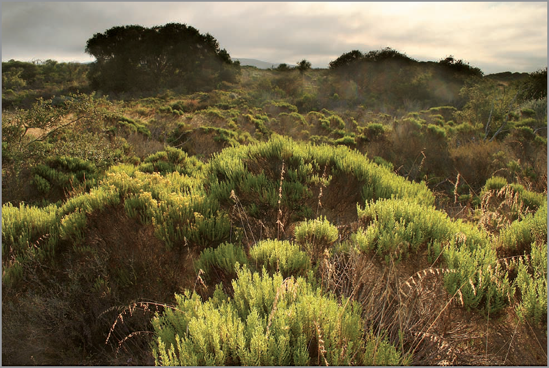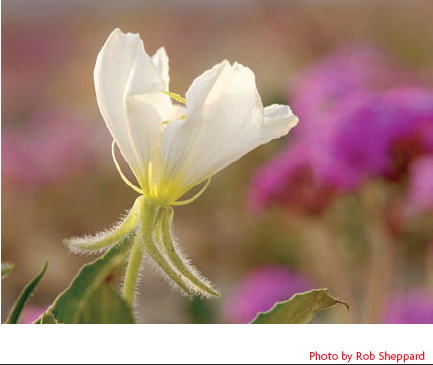Chapter 7. TAKING CONTROL OF APERTURE SELECTION

In photography, the lens aperture functions like the iris of the human eye, opening and closing to adapt to changing light levels. The aperture opens wide to admit more light in low-light situations and closes down to a pinhole when the light gets bright.
With older cameras, the photographer often had to adjust the aperture setting manually for each shot. However, modern, auto-exposure, digital cameras typically set the aperture automatically to produce the correct exposure as indicated by the camera's built-in light meter. As a result, digital photographers seldom need to deal with aperture selection — unless they really want to.
But just because you don't have to actively manipulate aperture settings for each shot in order to get successful exposures, doesn't mean that you should ignore the aperture component of your exposures completely. This chapter explores some of the ways in which aperture selection can have a significant effect on other aspects of your finished image besides the exposure. For example, the selective-focus effect that blurs the distracting background foliage in figure 7-1, is the result of selecting a large aperture to minimize depth of field.

Figure 7-1.
Note
See Chapter 3 for more about the elements of exposure.
This ...
Get Exposure and Lighting For Digital Photographers Only now with the O’Reilly learning platform.
O’Reilly members experience books, live events, courses curated by job role, and more from O’Reilly and nearly 200 top publishers.

